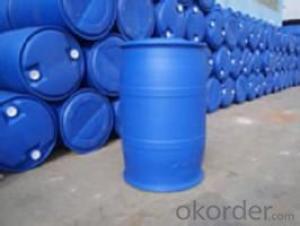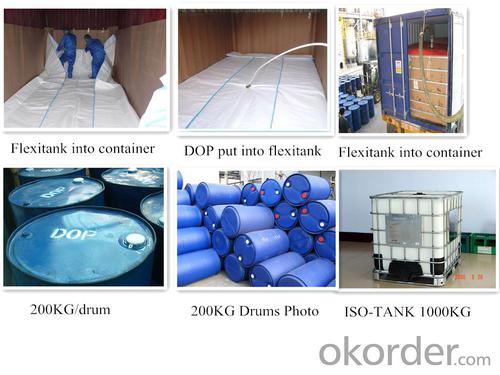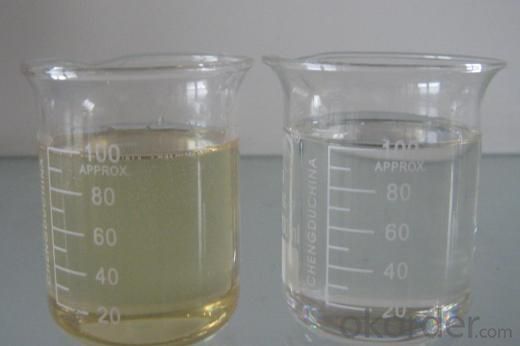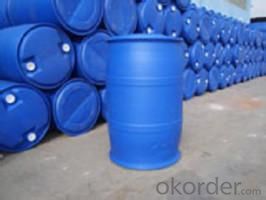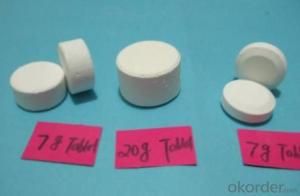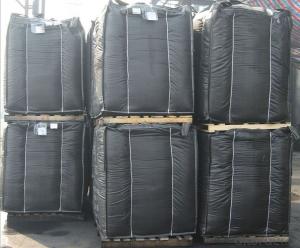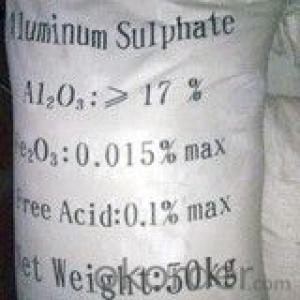DEDB (Diethylene glycol dibenzoate) China Supplier
- Loading Port:
- Tianjin
- Payment Terms:
- TT OR LC
- Min Order Qty:
- 16.8
- Supply Capability:
- 8000 m.t./month
OKorder Service Pledge
OKorder Financial Service
You Might Also Like
Product performance:
Polyol Benzoate (DEDB) is colorless or pale yellow transparent oily liquid, water-insoluble, soluble in aromatic hydrocarbons, ketones and ethers, and has good compatibility withpolyvinyl chloride, ethylene - vinyl acetate copolymer, poly vinyl acetate, polymethylmethacrylate, polyvinylbutyral, nitrocellulose, and ethyl cellulose, etc.
Product application:
Polyol Benzoate(DEDB) is an environmentally friendly plasticizer with the characteristics of strong solubility, good compatibility, low volatility,resistant to oil, water, light, pollution etc. It is suitable for processing PVC flooring material, plastisol, artificial leather, cable material, soft and hard pipe, shoes material, rubber strips, synthetic rubber, and paint, printing ink, etc. It has a better plasticized effect if it is used together withDOP or DBP, and has greatly achieved the purpose of reducing cost .
Product quality index
Item | First grade | Second grade |
Chroma(APHA) ≤ | 50 | 60 |
Ester % ≥ | 99.5 | 90.0 |
Density(20°C)g/ | 1.120-1.126 | 1.172-1.78 |
Acidity(as benzene dicarbonic acid) % ≤ | 0.01 | 0.02 |
Flash Point °C ≥ | 195 | 192 |
Loss on heat(125°C,2 hours)% ≤ | 0.3 | 0.5 |
Chroma after heat treatment | 80 | 100 |
Specifications
1. Direct producer with 15 years experience
2. ISO9001:2000
3. High quality, lower price and best service
4. New plasticizer
Packaging: IBM, net weight: 1000 kg.
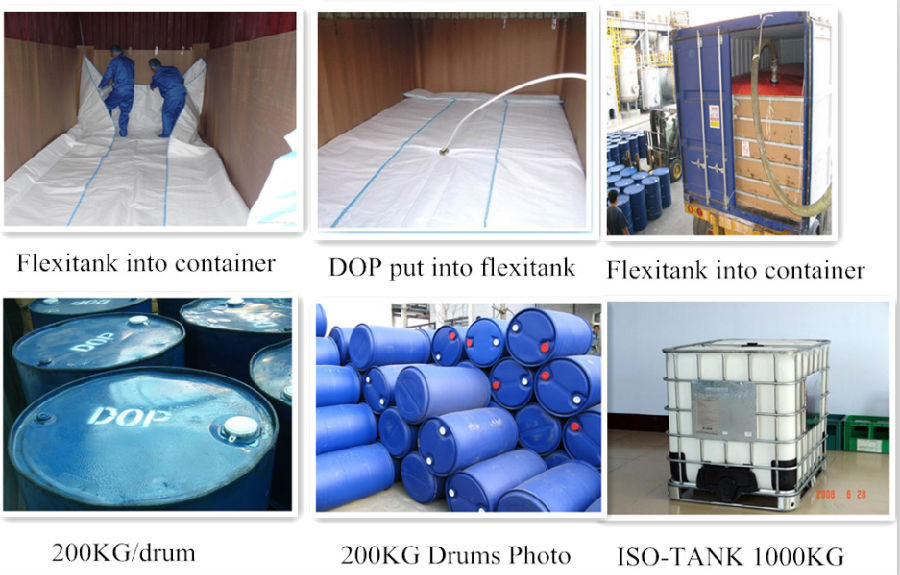 Our Factory:
Our Factory:
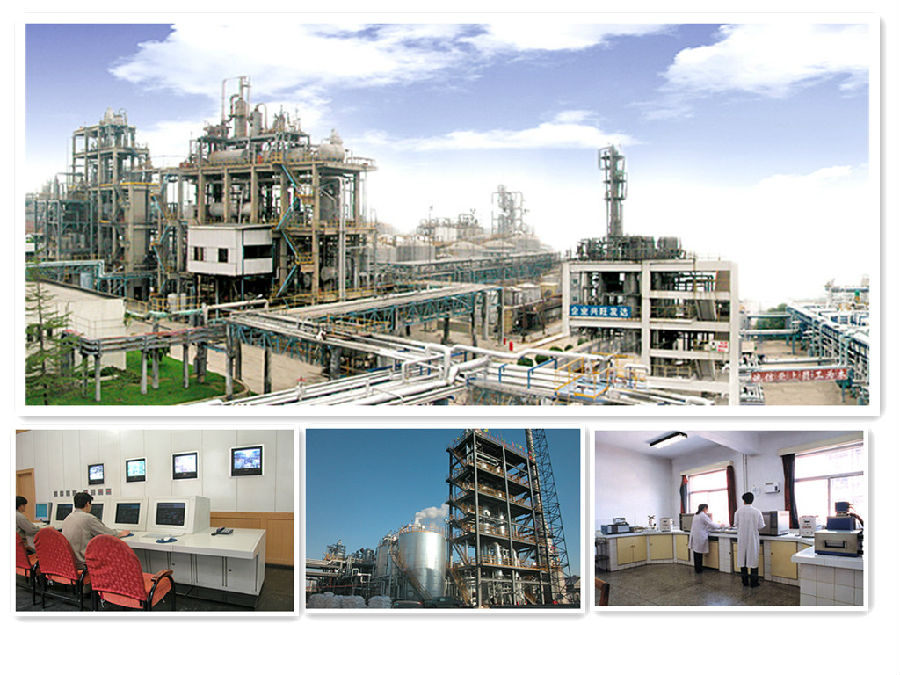
- Q: In the chemical calculation, the quality of the catalyst should not be counted before and after the reaction
- It is not the same .. because the quality of the catalyst will not change .
- Q: Exemplify the use of green catalysts in green chemistry
- How can a green catalyst, they do not react
- Q: Can a catalyst decrease the rate of a chemical reaction? Please give an example if yes.
- A catalyst is something that quickens the fee of reaction without getting used up itself. They many times try this by skill of lowering the activation skill, which additionally brings the optimal temperature down. So, to place it only, it relatively is B.
- Q: Chemistry is often said that the catalyst can change the material reaction rate, rate and speed What is the difference
- Rate refers to: the amount of time in the unit reaction, and speed, and the speed simply refers to the speed
- Q: why is palladium/platinum a good catalyst?
- Sparky 22 is wrong. Metals like palladium and platinum and nickel do absorb hydrogen. For example many times when doing a catalytic hydrogenation with Raney-Nickel you do not need to add H2 because enough H2 is already absorbed on the metal.
- Q: 1. Catalysts can help to bring the reactants together in the correct orientation2. The chemical formula of a catalyst is written on the left hand side (reactant) side of an equation.3. Catalysts can provide a surface on which the reaction occurs.4. Catalysts increase the activation energy.5. Catalysts increase the magnitude of the equilibrium constant, thus favoring product formation.6. "Enzymes" are biochemical catalysts.7. Catalysts increase the rate of a reaction.8. Catalysts are slowly used up during the reaction and need to be replaced.
- 1. Catalysts can help to bring the reactants together in the correct orientation False. It provides an alternative pathway (of lower activation energy) for reaction to occur. 2. The chemical formula of a catalyst is written on the left hand side (reactant) side of an equation. False. Written on the arrow that show the reatctants becoming products. 3. Catalysts can provide a surface on which the reaction occurs. True. For instance platinium in the case of hydrogenation of alkenes.
- Q: A catalyst elevates the rate of a reaction by?
- reducing the energy required for the reactants to reach the transition state.
- Q: What is the difference between biological enzymes and chemical catalysts?
- Chemical catalysts are widely used, generally the majority of transition elements
- Q: What is the reaction of hydrogen peroxide to add manganese dioxide?
- There are bubbles produced
- Q: What is the PTC catalyst in chemistry?
- PTC, Phase Transfer Catalyst, phase transfer catalyst PTC is the role of a reaction from one phase to another phase to participate in the reaction to promote a solvent can be dissolved in organic solvents and a solvent insoluble in the ion Reagents react between the two reagents. And this type of reaction is collectively referred to as phase transfer catalytic reaction.
Send your message to us
DEDB (Diethylene glycol dibenzoate) China Supplier
- Loading Port:
- Tianjin
- Payment Terms:
- TT OR LC
- Min Order Qty:
- 16.8
- Supply Capability:
- 8000 m.t./month
OKorder Service Pledge
OKorder Financial Service
Similar products
Hot products
Hot Searches





